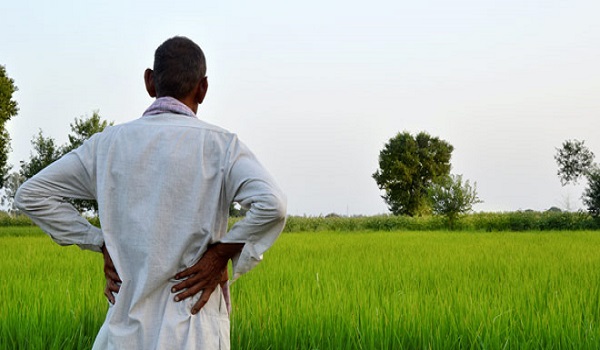A recent report has highlighted the devastating impact of adverse climatic conditions on marginal farmers in India, revealing that 80% have experienced significant crop losses over the past five years. The study, conducted by the Forum of Enterprises for Equitable Development (FEED) in partnership with the Development Intelligence Unit (DIU), surveyed 6,615 farmers across 21 states.
The report identifies the primary causes of crop damage as drought (41%), irregular rainfall, including excessive or non-seasonal rains (32%), and the early withdrawal or late arrival of monsoons (24%). Nearly 43% of the surveyed farmers reported losing at least half of their standing crops.
“Climate change is no longer a future threat but a current reality,” said Sanjeev Chopra, Chairperson of FEED. “The extreme heat waves in India this year underscore the urgent need for adaptation strategies and climate-resilient agricultural practices.”
Crop and Regional Impact
Rice, vegetables, and pulses have been particularly affected by the uneven rainfall. In northern states, paddy fields often remain submerged for more than a week, leading to the destruction of newly planted seedlings. Conversely, inadequate rainfall has delayed the planting of crops such as rice, corn, cotton, soybeans, groundnuts, and pulses in states like Maharashtra, Telangana, Andhra Pradesh, Chhattisgarh, Bihar, and West Bengal.
The report also highlights the impact of temperature variability. In 2022, early heat waves led to a decline in wheat production, prompting India to ban wheat exports despite being the world’s second-largest producer. Wheat output was similarly affected in 2023, with targets reduced by almost 3 million tonnes.
Future Climate Risks
According to the Climate Transparency Report of 2021, a temperature increase of 1 to 4 degrees Celsius could lead to a 10% to 30% decline in rice production and a 25% to 70% reduction in maize production.
Marginal Farmers: The Most Vulnerable
Marginal farmers, defined as those owning less than one hectare of land, represent 68.5% of India’s agricultural sector but only hold about 24% of the crop area. These farmers are particularly vulnerable to climatic changes due to their limited resources and smaller land holdings.
“Developing an adaptation strategy is not optional but essential,” Chopra emphasized. “We need to promote climate-resilient agricultural practices, diversify livelihoods, and improve access to financial services and technical advice.”
Gaps in Support Systems
The report reveals significant gaps in support systems for marginal farmers. Although 83% of them are covered under the PM Kisan Samman Nidhi scheme, only 35% have access to crop insurance, and a mere 25% receive timely financial credit.
The survey found that two-thirds of marginal farmers affected by extreme weather events have adopted climate-resilient agricultural practices, including changes in sowing times and methods, crop duration, and water and disease management strategies. However, 76% of those who adopted these practices faced challenges such as lack of credit facilities, limited knowledge, small land holdings, and high initial costs.
Infrastructure and Resource Challenges
While 21% of marginal farmers have cold storage facilities within 10 km of their villages, only 15% have utilized these facilities. Additionally, 48% have access to custom hiring centers within 10 km, but only 22% have hired equipment from these centers.
“The infrastructure and support systems are still not adequately reaching marginal farmers,” Chopra pointed out. “Addressing these gaps is crucial for building resilience against climate change and ensuring sustainable agricultural practices.”


